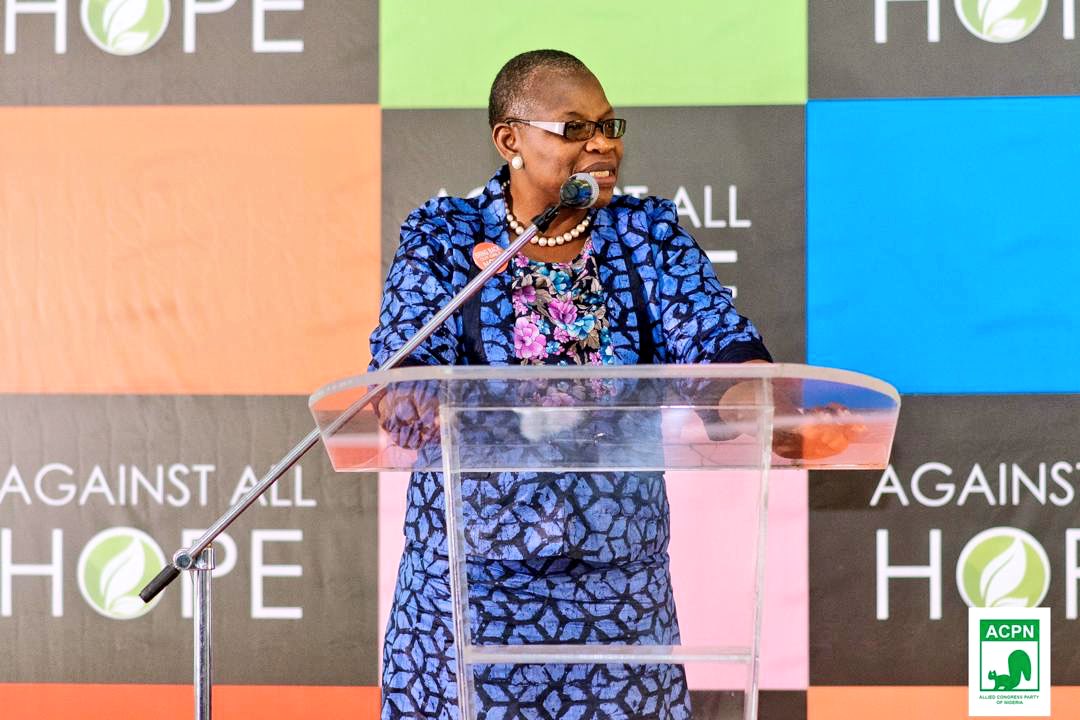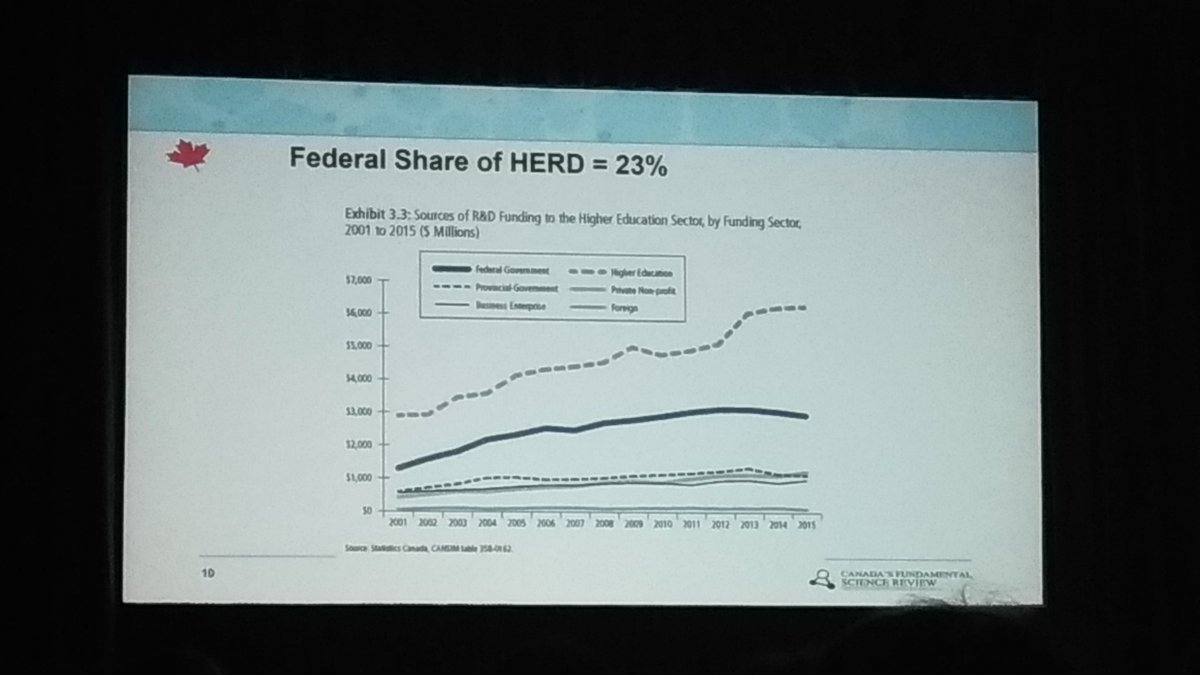This week I’m visiting Brazil to consider that question.
Combining mobile inspection teams, social action & big data, Brazil’s efforts are amongst the most sophisticated in the world.
Learn more about slavery in Brazil & government efforts here: delta87.org/dashboards/bra…
Follow along - & send ?s!
Modern slavery victims are in these cases quite literally treated worse than cattle.
That is something the @FinComSlavery is looking at closely.
Come back later for updates on this thread!
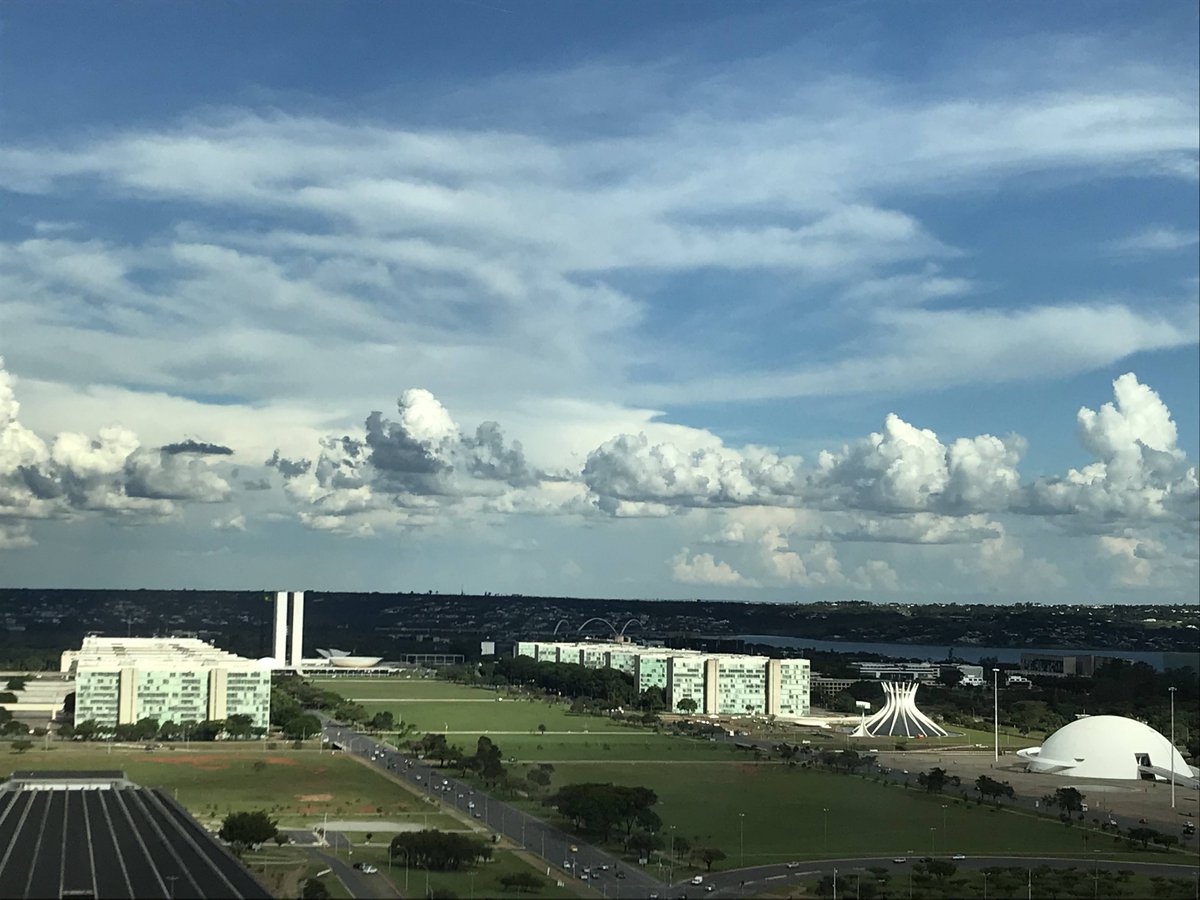
Just part of the larger @ONUBrasil family working to help #Achieve2030.
We had a great conversation about how the transformation of Brazilian agribusiness & other economic sectors may impact modern slavery risk.
jusbrasil.com.br/topicos/106212…
The lista suja is an employer register recording those employers found to have used labor practices violating Art 149.
This PM @MPT_PGT, the Prosecutor-General for Labor, Ronaldo Fleury + I talked about how the dirty list can be seen as a business asset...

As Brazilian markets open up, foreign investors will make their own calls, if they don't have a reliable local list.
One way is to use clinicians as frontline responders – as @HEALTrafficking + @hstoklosa are doing in the US.
delta87.org/2019/02/univer…
That argument is emerging in the global north, for example in the UK:
bit.ly/2v3mh6g
NB @ukhomeoffice
The work by Brazil's @minsaude @MPT_PGT & others may pave the way for such a discussion.
NB @WorldBank @eclac_un @Brazil_UN_NY
NB @EGFIU @FinComSlavery @FATFNews @keatingetom
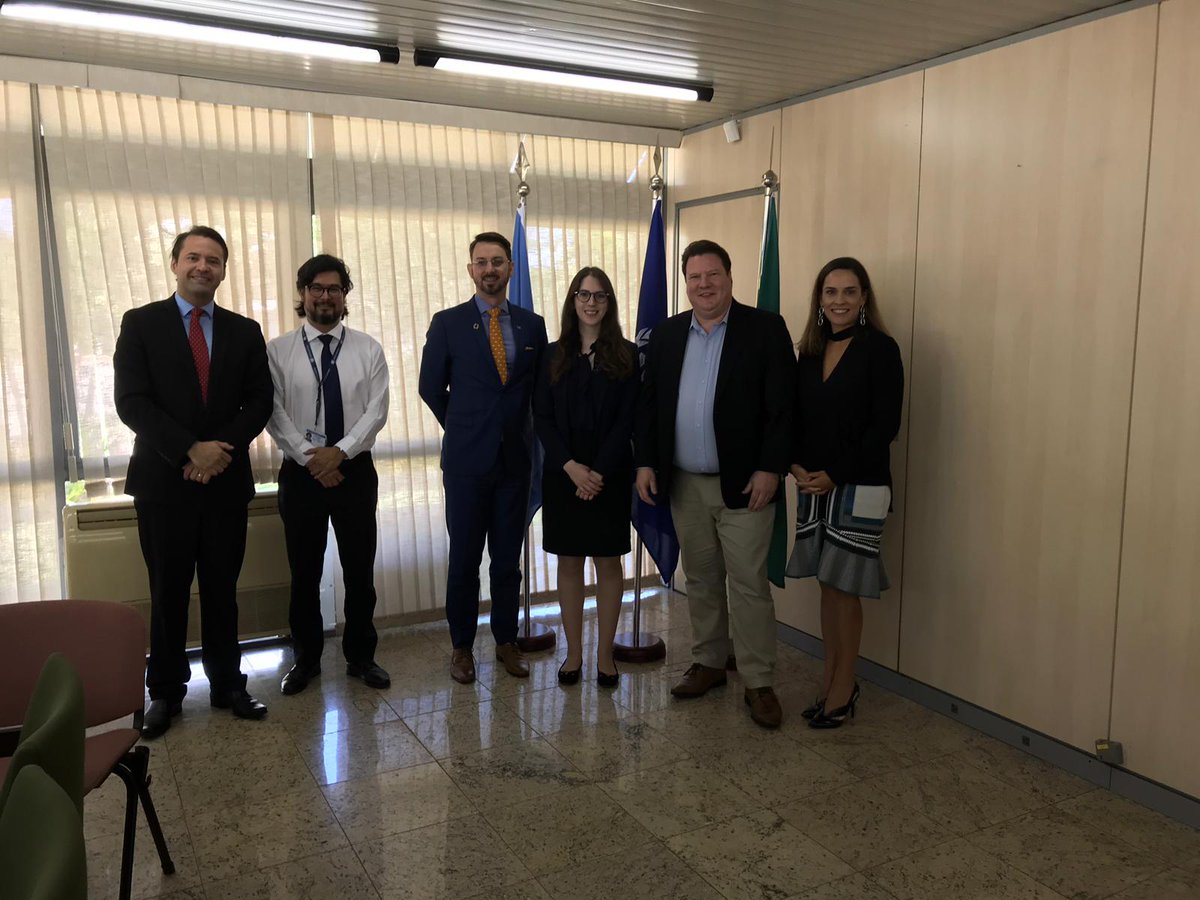
observatorioescravo.mpt.mp.br
iniciativa2025alc.org
Follow them @SinTrabinfantil !
But one of the most successful regulatory innovations to #EndSlavery in Brazil is old-fashioned partnerships...
1. CONATRAE for modern slavery
2. CONAETI for child labour and
3. CONATRAP for human trafficking (seen in the picture)
Today @Delta87org heard & learned from them all.
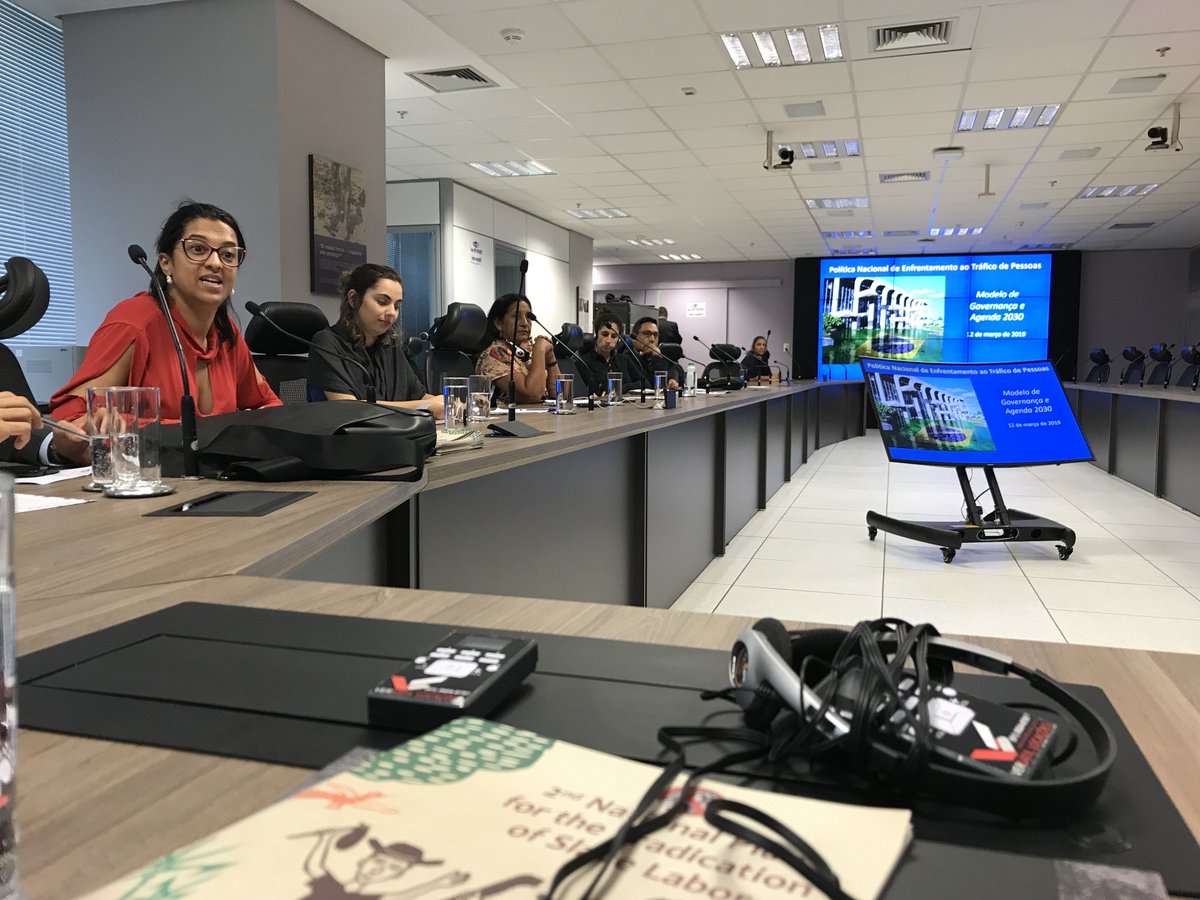
Tomorrow, we will explore that success from 2 more angles...
1. obo @FinComSlavery we meet @bndes to discuss the role of Brazilian finance in fighting modern slavery (NB @RichardBoele @McGrathSarah)
2. obo @Delta87org we meet @ibgecomunica to learn about their pioneering work to count victims and survivors.

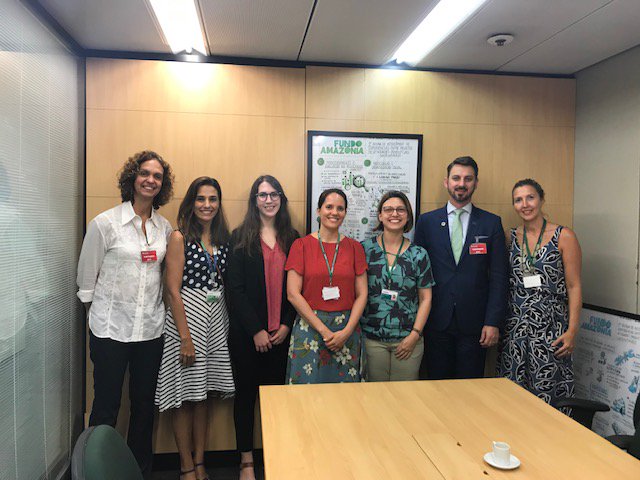
A 2014 complaint from the real estate and construction industry based on due process and constitutional concerns led to the temporary suspension of the dirty list.
It is now back in operation.
This fits well with evolving #BizHumanRights expectations around how corporate leverage, based on the @UN Guiding Principles.
This is something the @FinComSlavery has been considering:
bit.ly/2VXIEoK
This seems v. relevant for thinking about how to prevent modern slavery in Brazil, esp. for the #AmazonFund + its donors inc @NorwayMFA.
The State of Para, eg, is home to one of the world’s largest iron ore deposits, which has led to a pig iron industry relying on vegetal charcoal.
Understanding how development finance choices interact dynamically with slavery risk seems important.
@GFEMS
@BNDES
@DFID_Research
@CDCgroup
@IFC_org
@Alliance8_7
Tomorrow, Sao Paulo…
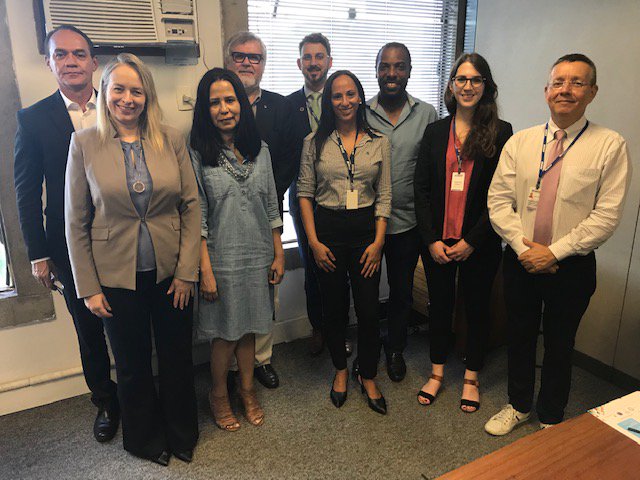
First, we visited @renatovicente & the team at @ExperianDataLab’s Brazil hub.
Brazil’s uniquely rich data sets position the country well to become an innovator in using financial inclusion to help #endslavery.
#Data4Good
This allows the state government to exclude from SP for 10 years companies based there that have enslaved workers.
We @UNUCPR @Delta87org & the @FinComSlavery will be watching closely.
Sports organizations have enormous power - for good, when they empower people, esp. kids; for I’ll when they treat them as commodities.
Their data suggests that slavery spikes in sectors undergoing poorly governed booms in labour demand.
cptnacional.org.br
-- local political & economic forces create over-supply of unskilled labour
and
-- global markets create sudden demand for commodities – coffee + latex in the 19th C, more recently for pig iron, ethanol, beef.
But social audits are easily gamed.
There is no substitute for effective govt monitoring + inspection.
NB @GLeBaron
sciencemag.org/news/2019/02/r…
This is already on @BancoCentralBR radar.
Again Brazil leads the world. @Brazil_UN_NY
We heard from banks, NGOs, academics + govt agencies, inc. @ARamasastry of @WGBizHRs, @institutoethos @FlaviaScabin @aron_belinky.
@MPT_PGT is suing 2 big Brazilian banks - @Bradesco (private) + Banco da Amazonia (public-controlled) - for dealing with entities on the #listasuja.
#BizHumanRights
@BHRRC
@WGBizHRs
Brazil’s struggle to #endslavery has a long way to go.
But the efforts it has made to date are unparalleled – and give it a competitive advantage in shaping emerging global market + intergovernmental norms.
@Alliance8_7
1. roll back gains of recent years from #listasuja, inspections + use of #bigdata; or
2. use that goldmine of know-how + data to shape global norms to #endslavery.
Noone wins from Option 1. Everyone - inc. Brazilian biz - wins from Option 2.
//END










